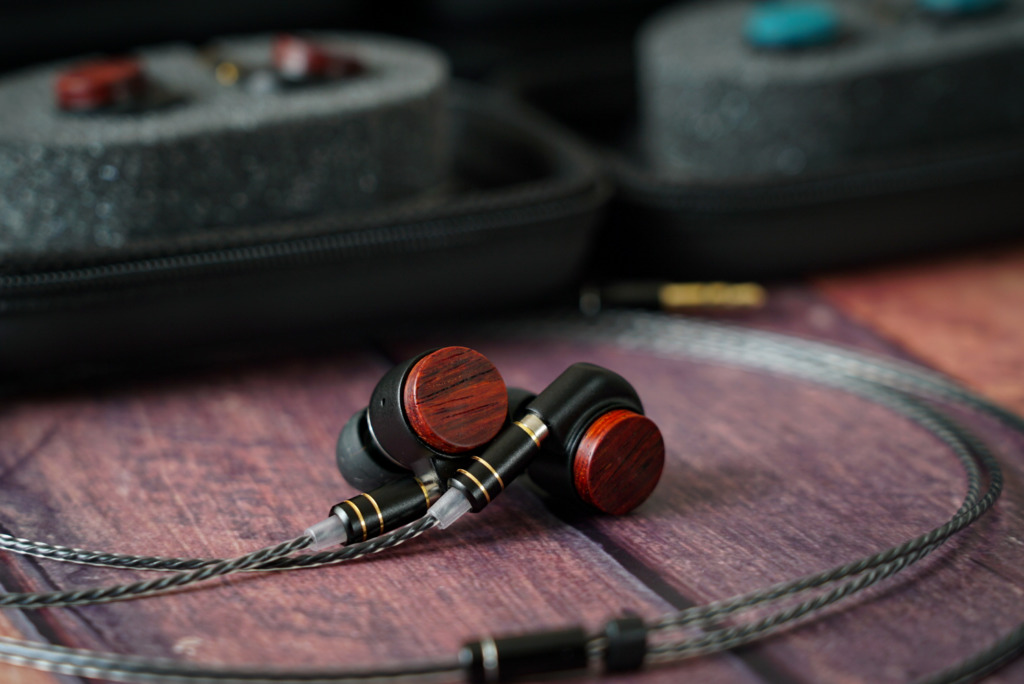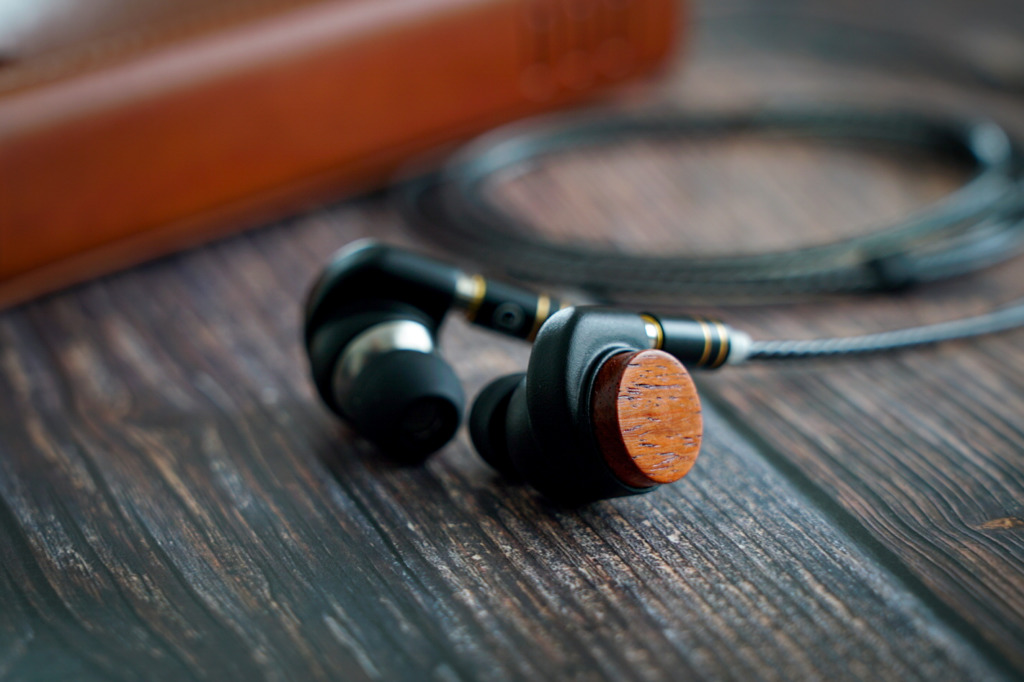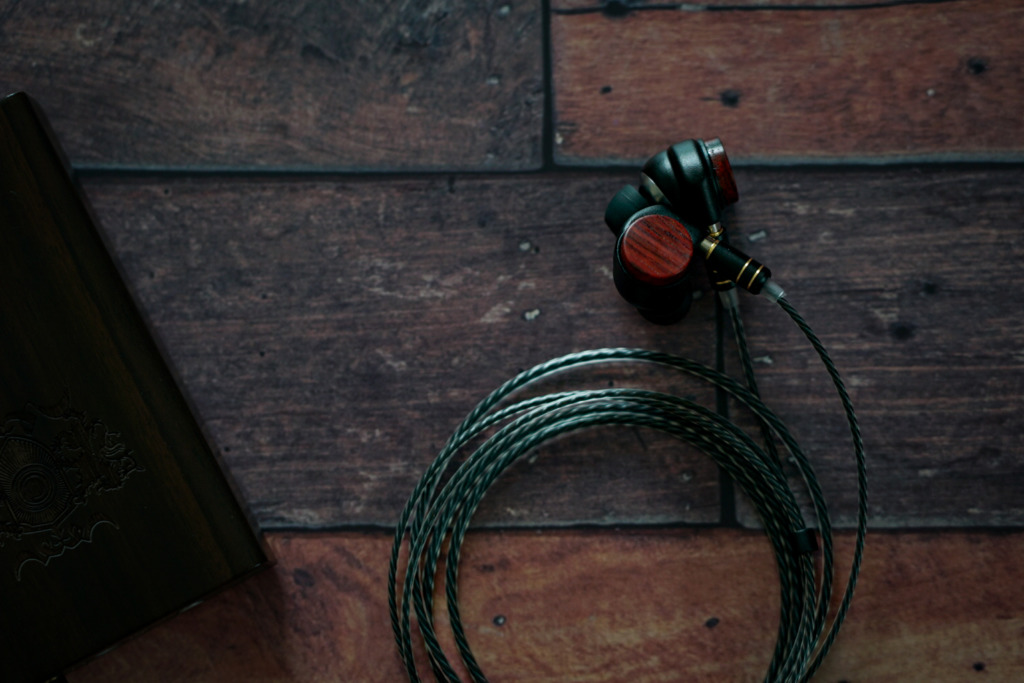Let’s delve deeper into the acoustic charm created by the resin body of MIROAK-II.
This earphone’s rear housing places particular emphasis on a material known as ABS resin. Typically, when compared to metal materials, resin is often perceived as having an inferior sound quality. However, MIROAK-II optimally harnesses the distinctive properties of ABS resin to craft its unique sound signature.
During the prototyping phase, we experimented with materials such as polycarbonate and resin, but resin was too rigid and resistant to deformation, while polycarbonate exhibited excessive rigidity in rebound, leading us to choose ABS resin for its desirable qualities.
ABS resin boasts several characteristics worth noting, including being softer than metal, easy to 3D print, simple to work with, and possessing shock resistance. Nevertheless, the most noteworthy feature for sound quality is its “flexibility.” ABS resin, compared to other resins, is remarkably flexible and robust, making it an ideal material for our earphones.
Within the inner enclosure of the rear housing, sound is generated through the movement of the diaphragm, compressing the surrounding air. Generally, rigid materials are less prone to deformation, resulting in strong air compression and rapid diaphragm movement, offering a sharp and precise sound. In contrast, ABS resin’s tendency to deform allows for a thorough compression of internal air, enabling the diaphragm to move more extensively and gradually. This flexibility empowers ABS resin to deliver higher sound pressure (volume), producing a rich and robust sound, especially in the mid to low-frequency range.
However, ABS resin falls short when it comes to producing tight, crisp, and nuanced high-frequency sounds. MIROAK-II embraces these characteristics to offer a dynamic and forceful sound profile. While it may not match the level of detail and delicacy found in earphones like LOAK, it capitalizes on ABS resin’s flexibility to produce a rich and full-bodied mid-to-low range sound, providing a unique musical experience.
Moreover, the choice of wood for the rear housing in combination with ABS resin plays a pivotal role in modifying the earphone’s sound profile. Opting for a hard wood results in minimal deformation (resistance to distortion) in the rear housing, yielding a slightly tighter and quicker sound. Conversely, selecting a soft wood produces a more relaxed and thicker sound.
In our case, I chose Padauk. Though it doesn’t have an extremely high density, its hardness imparts a crisp and bright sound quality, complementing ABS resin’s flexibility with wood’s rigidity for a balanced sound profile. While this slightly reduces the richness of the mid-to-low frequencies, it adds a lightness to the sound, making it incredibly enjoyable to listen to.




